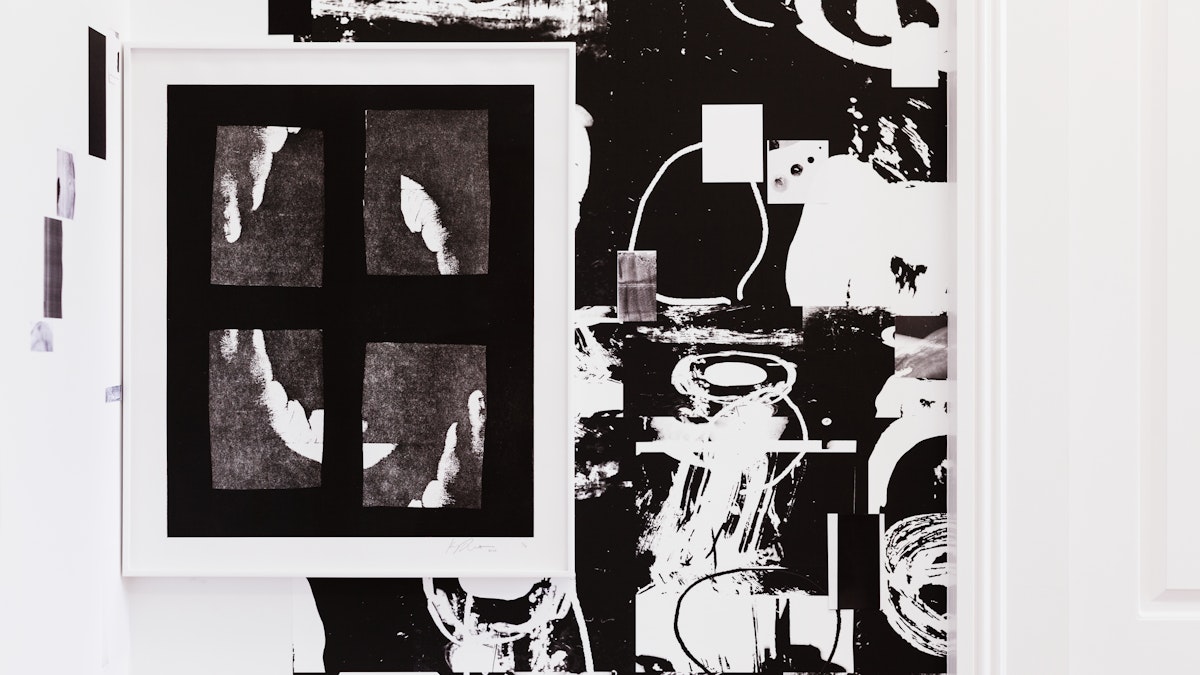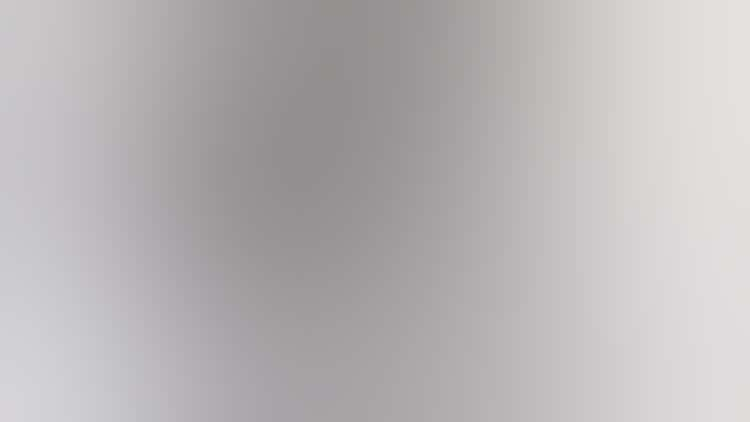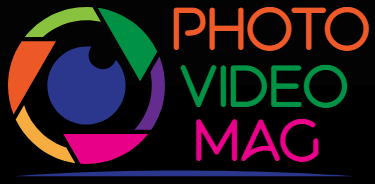Kameelah Janan Rasheed: Unsewn Time
GoogleAds



Aug 25, 2023–Jan 8, 2024
Exhibition
Kameelah Janan Rasheed. Spirit, 2021, shown in an installation view of Prospect.5: Yesterday we said tomorrow, 2021–22. New Orleans African American Museum, New Orleans. Courtesy Prospect New Orleans. Photo by Jose Cotto. © Kameelah Janan Rasheed.
How can we be anything but learners in a world that is slowly revealing itself to us?
—Kameelah Janan Rasheed
Artist Kameelah Janan Rasheed (American, born 1985) uses printmaking, photography, painting, and video to explore alternative systems of reading, writing, and learning.
For Unsewn Time, Rasheed worked with mark making, rubbing, folding, chemical reactions, and other material explorations to consider how meaning is conveyed in forms that are created through intimate rituals and improvisational processes. Rasheed painted and collaged directly on light-sensitive photographic paper to create two large-scale works for the exhibition. She played with the quantity, order, and duration of applying photographic developer and fixer, as well as the introduction of slivers of light. She also worked with materials such as vaseline, ink, and rubbing alcohol, consciously ceding control and letting chance effects guide her working process. In addition to these material interactions, she considered her full body as an important tool in this process. In her home studio, she used the weight of her walking or rolling over the paper with her body to create marks, impressions, and varying distribution of chemicals.
Still from Keeping Count, 2021–23
Kameelah Janan Rasheed. Original score by Th&o, Johannesburg, South Africa. Courtesy the artist and NOME, Berlin. © Kameelah Janan Rasheed
The photographic works and prints—all commissioned for the exhibition—appear alongside Keeping Count (2021–23), a video that combines animation with excerpts from educational films. Inviting viewers to wade in a flood of poetic fragments, Keeping Count acts in concert with three additional video loops that together reinforce the questioning of our desires for fixed outcomes and instantaneous legibility.
Spirit, 2021, shown in an installation view of Prospect.5: Yesterday we said tomorrow, 2021–22
Kameelah Janan Rasheed. New Orleans African American Museum, New Orleans. Courtesy Prospect New Orleans. Photo by Jose Cotto. © Kameelah Janan Rasheed
The title of the exhibition, Unsewn Time, is drawn from The Arab Apocalypse (1980), a poem by writer and artist Etel Adnan (Lebanese, 1925–2021). Beginning as an abstract poem about the sun when the Lebanese civil war began, Adnan was moved to craft a 59-stanza poem that in addition to responding to the war tragedies, asks the reader to consider what can and cannot be articulated in words. Adnan’s poem incorporates hand-drawn symbols or glyphs that annotate and expand the primary text, encouraging the reader to move between different modes of reading, but never fully capture precise meaning of those glyphs. Taking this text form as well as the histories of Black “experimental” poetry as inspiration, Rasheed’s Unsewn Time moves between poetic fragments, annotations, and marks to other modes of storytelling to consider our relationships to unpredictable change and ruptures in time.
Reading List
The following works, and particularly the excerpts shared below, were highly influential for Rasheed as she developed Unsewn Time.
That There Might Be Black Thought
Crawley, Ashon. “That There Might Be Black Thought: Nothing Music and the Hammond B-3.” In CR: The New Centennial Review, Vol. 16, No. 2 (Fall 2016), 123-150.
What one discovers through Bilali’s script, in the incomprehensible blackness, the incomprehensible celebratory nothingness of the script, is that one can say without saying, one can give while withholding as a matter, as the scripted, etched, written materiality, of praise. To write that which emerges as incomprehensible is to write nonreadability into the text, to write the necessity to think a different relation to objects, objects that are supposed to be easily captured as flesh on mediums, bateaus, and skiffs. To write the unasked question of being into the text by making markings that do not appear to readers as readable, Bilali’s document writes onto the page the question of being: What is this? And what of the one who scripted such irreducible incomprehension?
Beverly Buchanan: Marsh Ruins
Groom, Amelia. Beverly Buchanan: Marsh Ruins. London: Afterall Books. 2021.
Buchanan referred to the work as an ‘environmental sculpture’. Part of what this meant was that the shifting rhythms of light, season, weather and climate would determine how it appeared at any point in time. Making sculpture environmentally also implied a foreground of material vulnerability; the Marsh Ruins are continually decomposing through their ongoing exposure to sun, salt, heat, humidity, storms, tides and currents – not to mention the area’s increasingly extreme occurrences of hurricanes and flooding. There are also the material additions and subtractions brought on by the local birds, plants, insects, crabs and fish—and then there’s gravity, which is constantly at work on the sculpture.
Wayward Lives, Beautiful Experiments
Hartman, Saidiya. Wayward Lives, Beautiful Experiments: Intimate Histories of Social Upheaval. New York, NY: W.W. Norton & Company, 2019.
Wayward: the unregulated movement of drifting and wandering; sojourns without a fixed destination, ambulatory possibility, interminable migrations, rush and flight, black locomotion; the everyday struggle to live free. The attempt to elude capture by never settling.
Schizophrene
Rider, Bhanu Kapil. Schizophrene. United States: Nightboat Books, 2011.
On the night I knew my book had failed, I threw it – in the form of a notebook, a handwritten final draft – into the garden of my house in Colorado. Christmas Eve, 2007. It snowed that winter and into the spring; before the weather turned truly warm, I retrieved my notes, and began to write again, from the fragments, the phrases and lines still legible on the warped, decayed but curiously rigid pages.
An Interview with Octavia E. Butler
Kenan, Randall. “An Interview with Octavia E. Butler.” Callaloo 14, no. 2 (1991): 495–504. https://doi.org/10.2307/2931654.
BUTLER: All sorts of things influence me. I let things influence me. If they catch my interest I let them take hold.
Água Viva
Lispector, Clarice. Água Viva. United States: New Directions, 2012.
So writing is the method of using the word as bait: the word fishing for whatever is not word. When this non-word–between the lines–takes the bait, something has been written. Once whatever is between the lines is caught, the word can be tossed away in relief. But that’s where the analogy ends: the non-word, taking the bait, incorporates it. So what saves you is writing absentmindedly.
African Signs and Spirit Writing
Mullen, Harryette. “African Signs and Spirit Writing.” The Cracks between What We Are and What We Are Supposed to Be: Essays and Interviews. United States: University of Alabama Press, 2012.
In order to construct a cultural and material history of African America’s embrace and transmutation of writing technologies, one might ask how writing and text functioned in a folk milieu that valued a script for its cryptographic incomprehensibility and uniqueness, rather than its legibility or reproducibility.
Proto-Skin Set
Pope.L. Proto-Skin Set. New York, NY: Mitchell-Innes & Nash, 2017.
By family relations, I mean a set of shared aspects to things in the set.
Protos and SS proper are a set of things together conceptually but separated by time; a dynamic open set where shit happens over time. So, one hinge which pivots all these things together is language, specifically language which seeks to describe a world or a possibility of a world—sometimes our world, sometimes a possible, parallel world.
Kameelah Janan Rasheed would like to gratefully acknowledge the following collaborators: Jazmine Catasus, EFA Robert Blackburn Printmaking Workshop Program, and Chris Cunningham, founding director, Loupe, Chicago.
Kameelah Janan Rasheed: Unsewn Time is curated by Grace Deveney, David C. and Sarajean Ruttenberg Associate Curator, Photography and Media.
Sponsors
The Ruttenberg Contemporary Photography Series is generously supported by the David C. and Sarajean Ruttenberg Arts Foundation.
Source : https://www.artic.edu/exhibitions/10132/kameelah-janan-rasheed-unsewn-time
Author :
Date : 2023-07-24 23:06:27
GoogleAds




